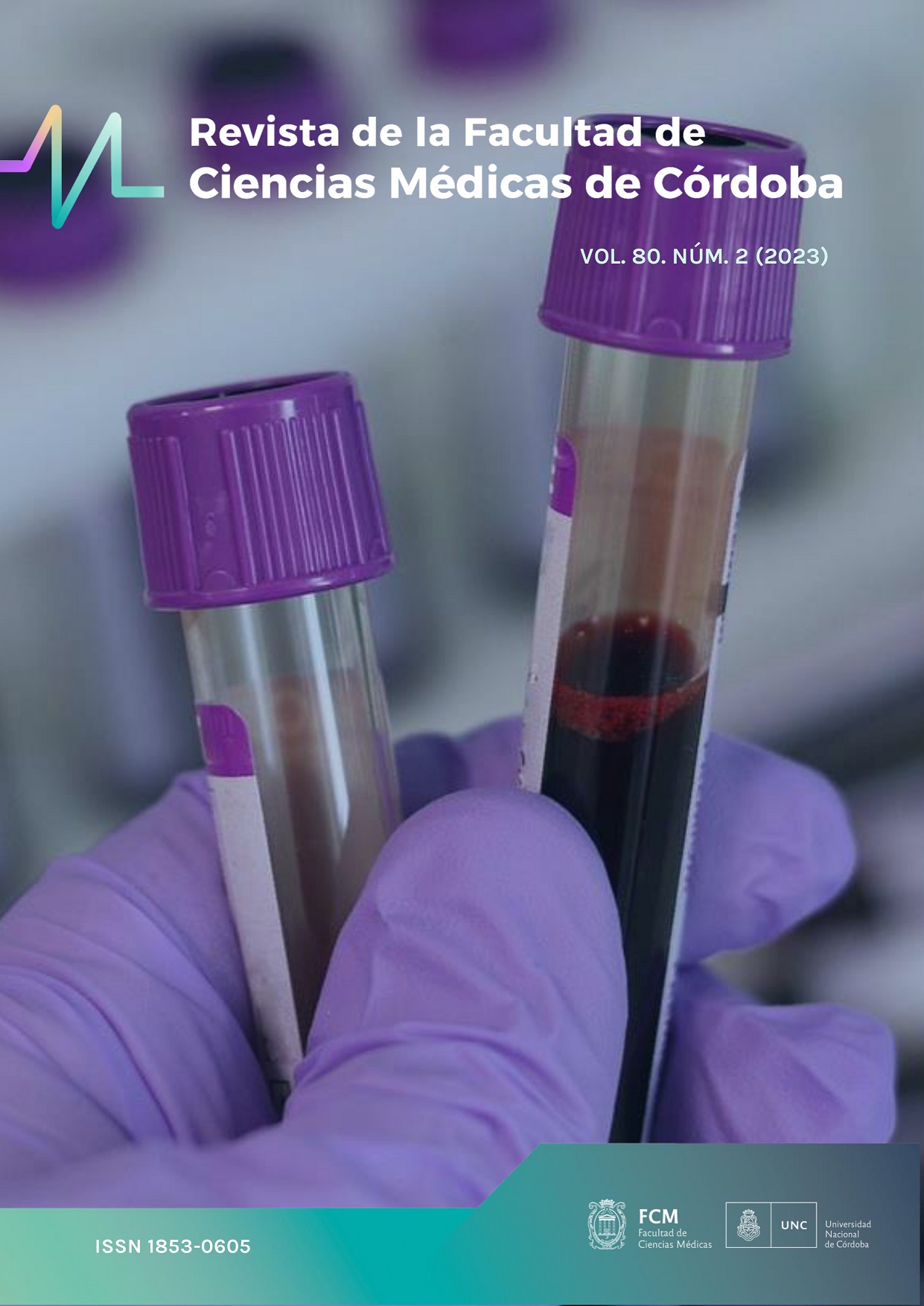Augmented Reality Applied to Internal Jugular Venous Access: A Cadaveric Study
Keywords:
augmented reality, internal jugular vein, venous access, anatomyAbstract
Percutaneous access to the internal jugular vein relies on anatomical landmarks to guide venous puncture, a fundamental clinical practice in the care and treatment of critically ill patients. Various techniques are described for its performance, which can be complemented with ultrasound support to reduce the potential risk of compromising noble elements due to the intimate relationship of the vein with vasculonervous and parenchymal structures. Augmented reality (AR) is a technology that allows virtual images to be integrated into the real environment through portable electronic devices. Objectives: To conduct a cadaveric study on the application of AR in assisting percutaneous internal jugular venous access.
Nine percutaneous internal jugular accesses were performed on 10% formalin-fixed adult cadavers belonging to the Department of Normal Anatomy (FCM-UNC), using a commercial AR application installed on a smartphone. The procedures were performed by faculty members of the Department. Subsequently, a dissection was performed to observe and evaluate the accuracy of the venous accesses performed.
The accuracy of the accesses was 33%, confirmed by a subsequent dissection of the vasculonervous bundle. Of the 9 accesses performed, 3 were accurate, while the remaining 6 were erroneous.
The results suggest that augmented reality (AR) has the potential to improve the practice of central venous access through the use of immersive technology with image fusion. However, the current limitations of AR in visualizing structures in deep planes and anatomical variability can significantly affect its accuracy. It is important to consider that the experience and skill of the operators could also influence the results obtained. The implementation of augmented reality in invasive medical procedures has limitations that affect its accuracy, therefore, it could be useful to complement already available tools.
Downloads
References
.
Downloads
Published
Issue
Section
License
Copyright (c) 2024 Universidad Nacional de Córdoba

This work is licensed under a Creative Commons Attribution-NonCommercial 4.0 International License.
The generation of derivative works is allowed as long as it is not done for commercial purposes. The original work may not be used for commercial purposes.











